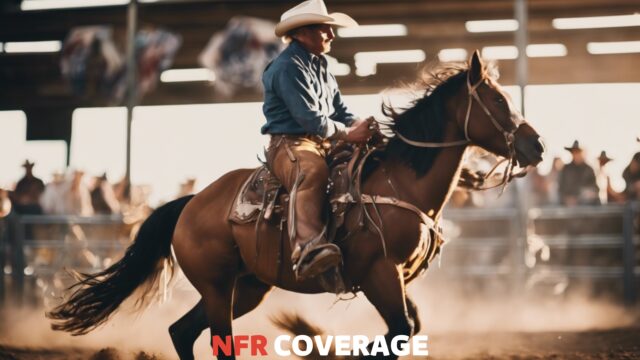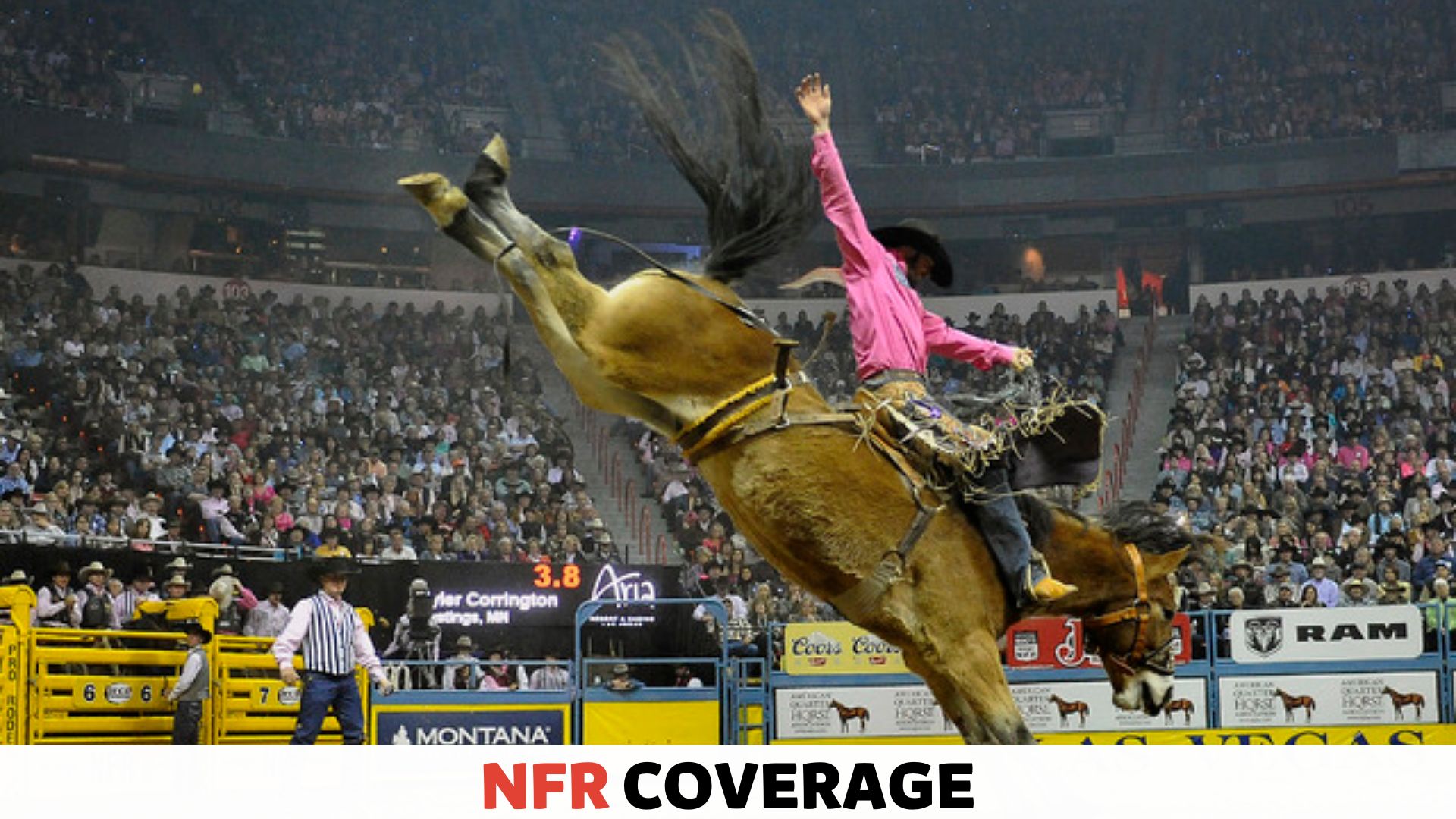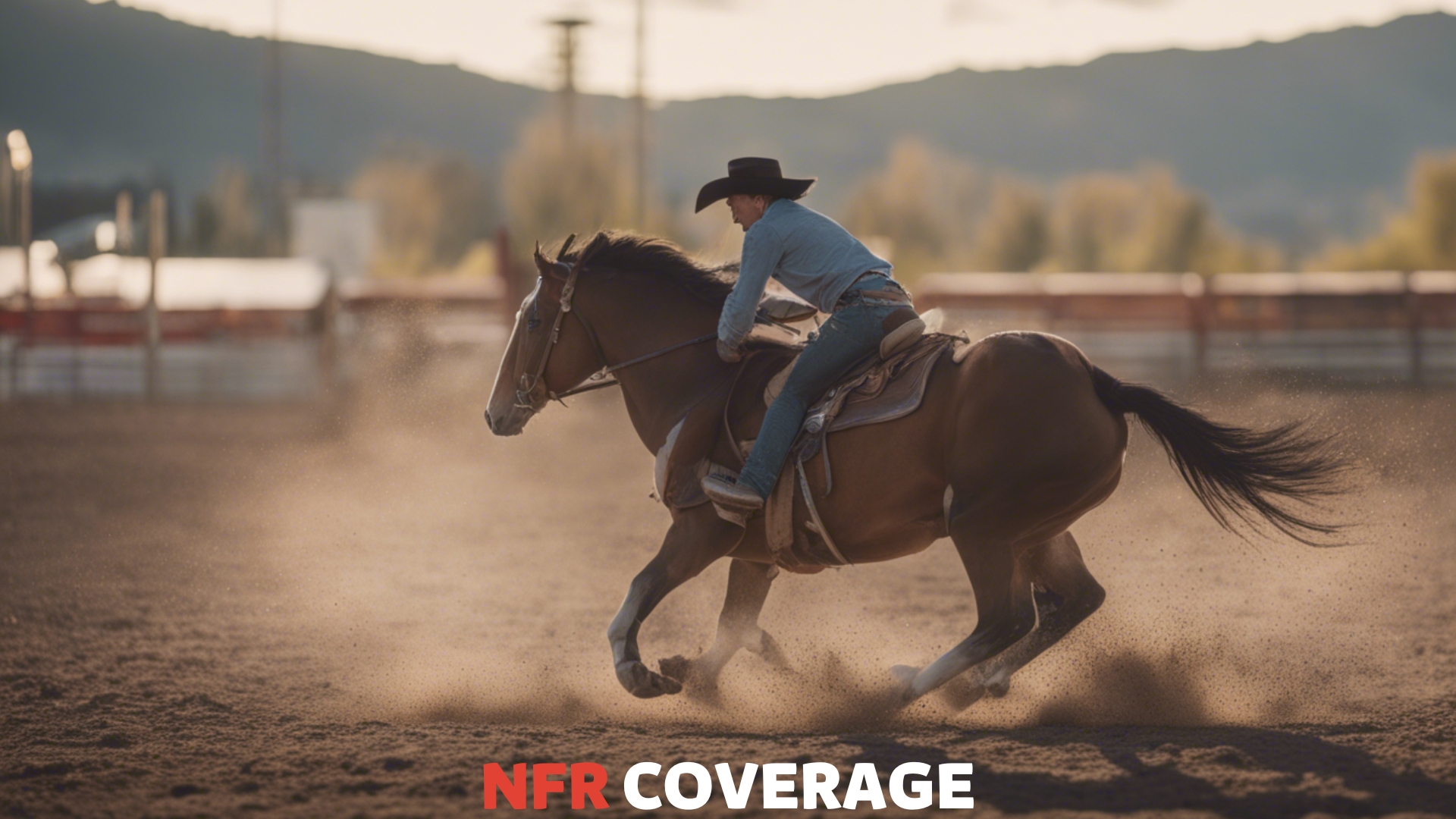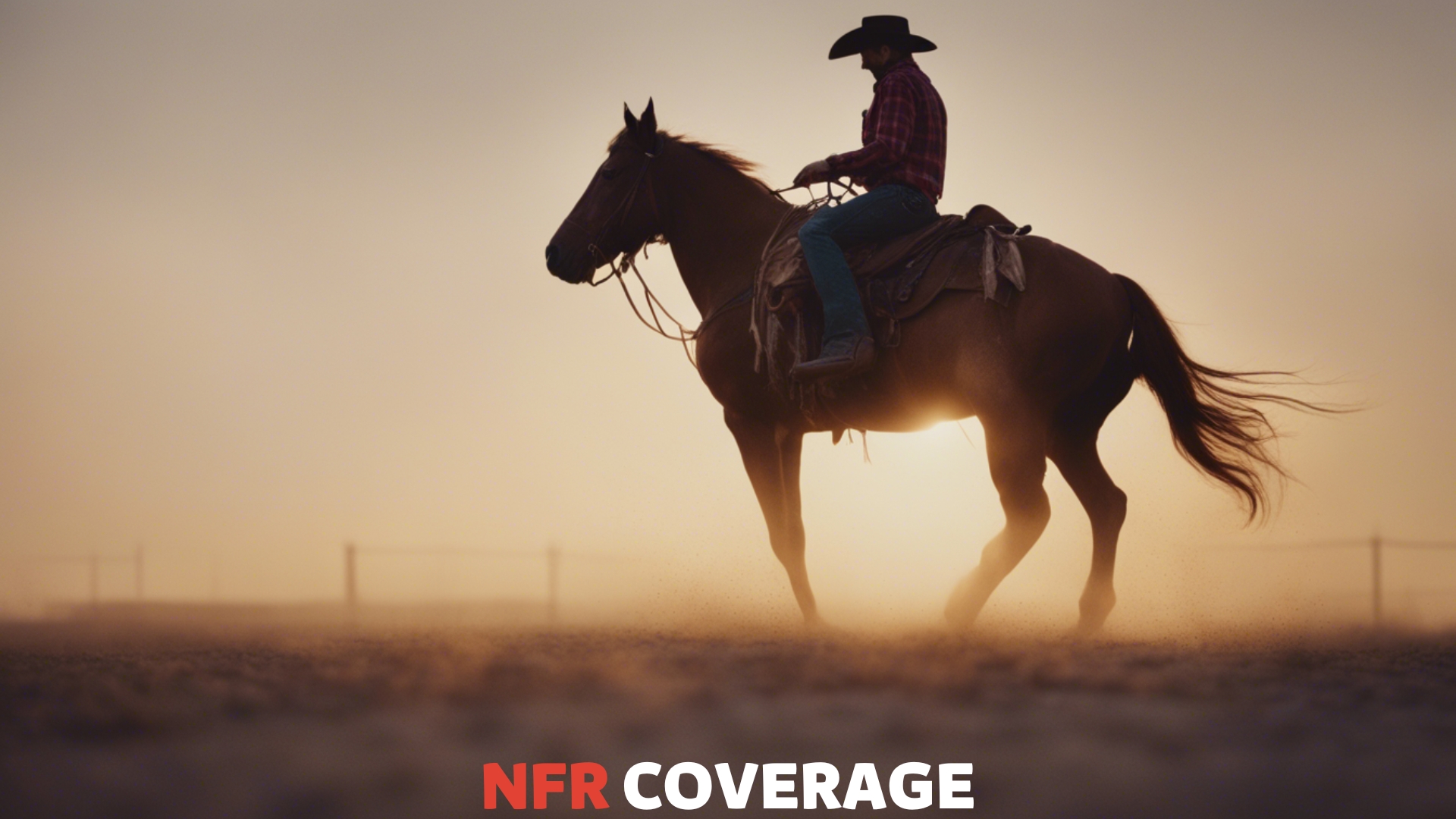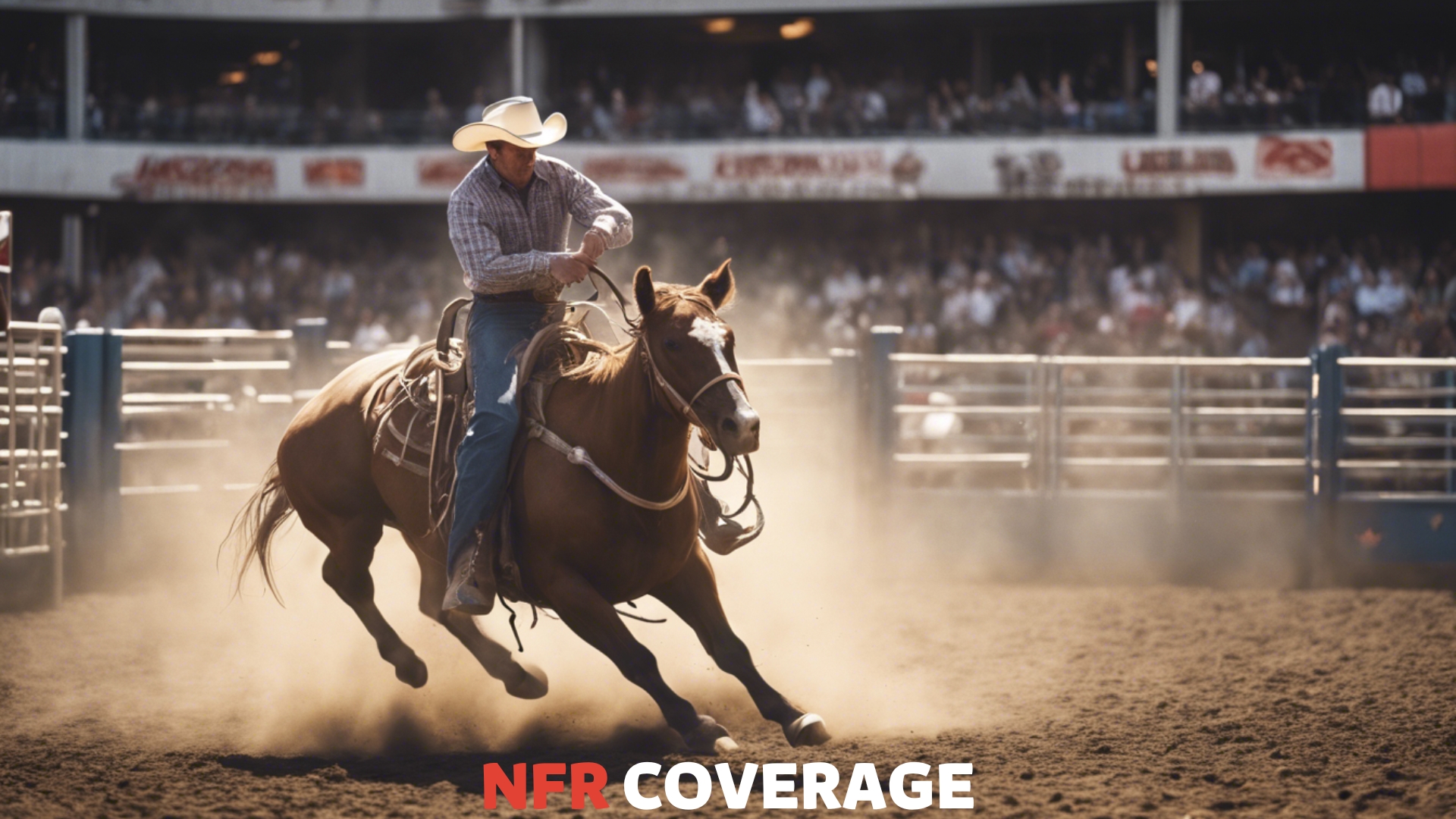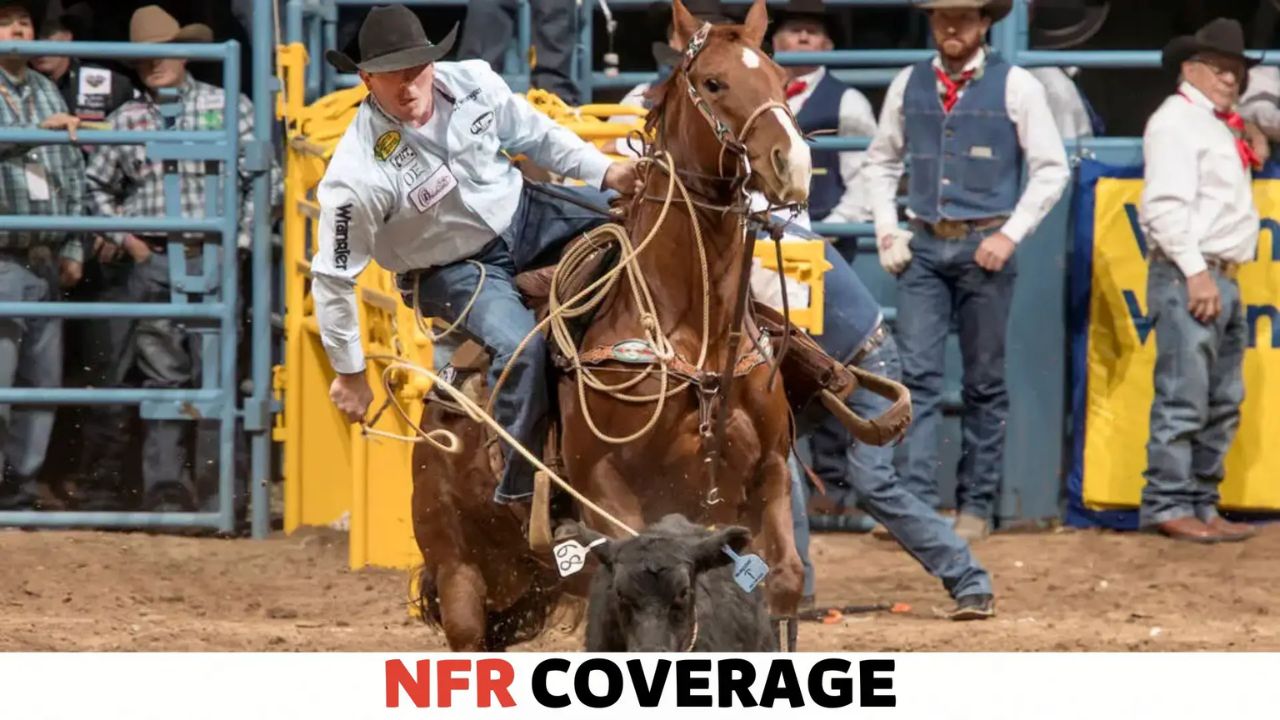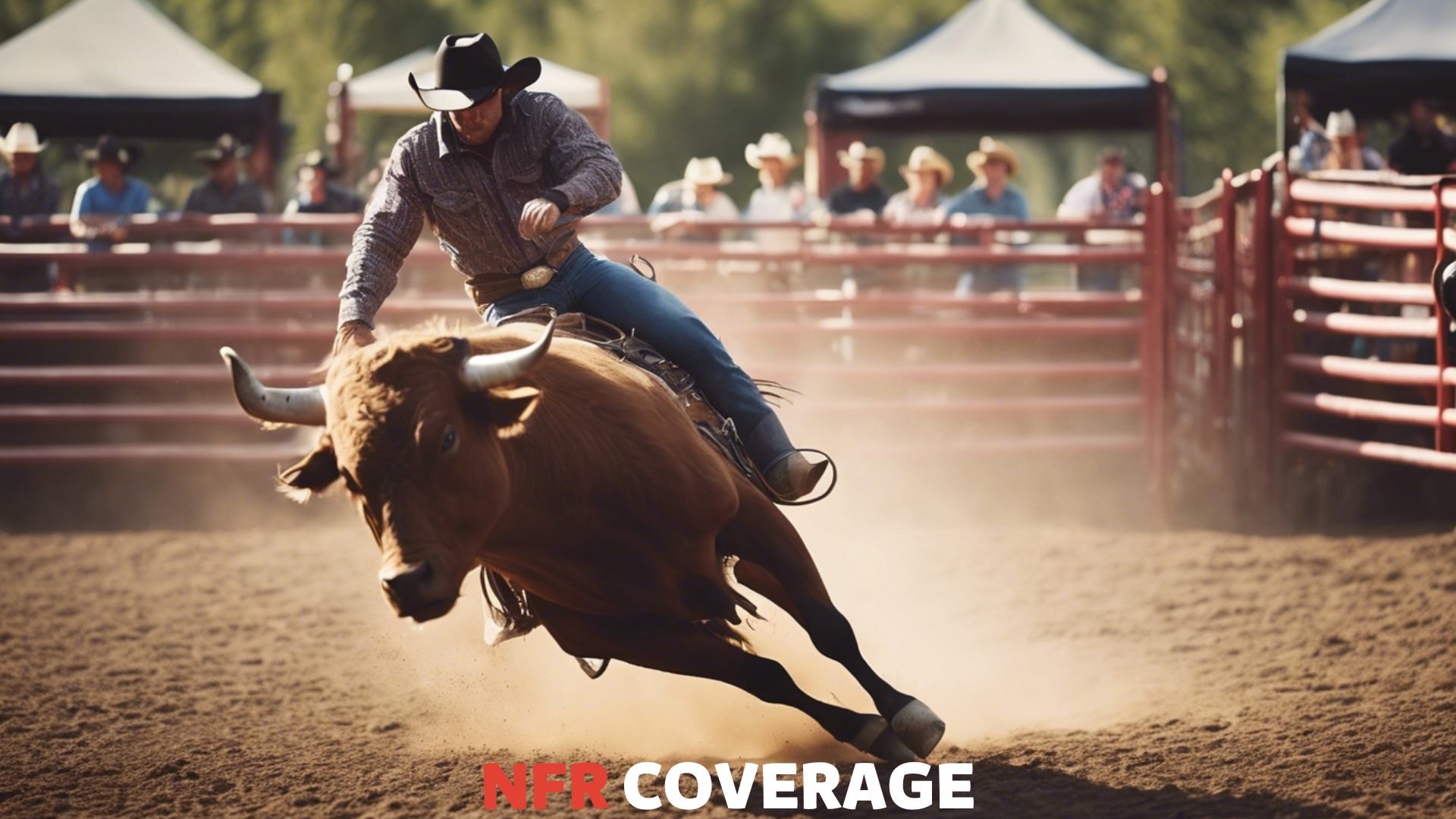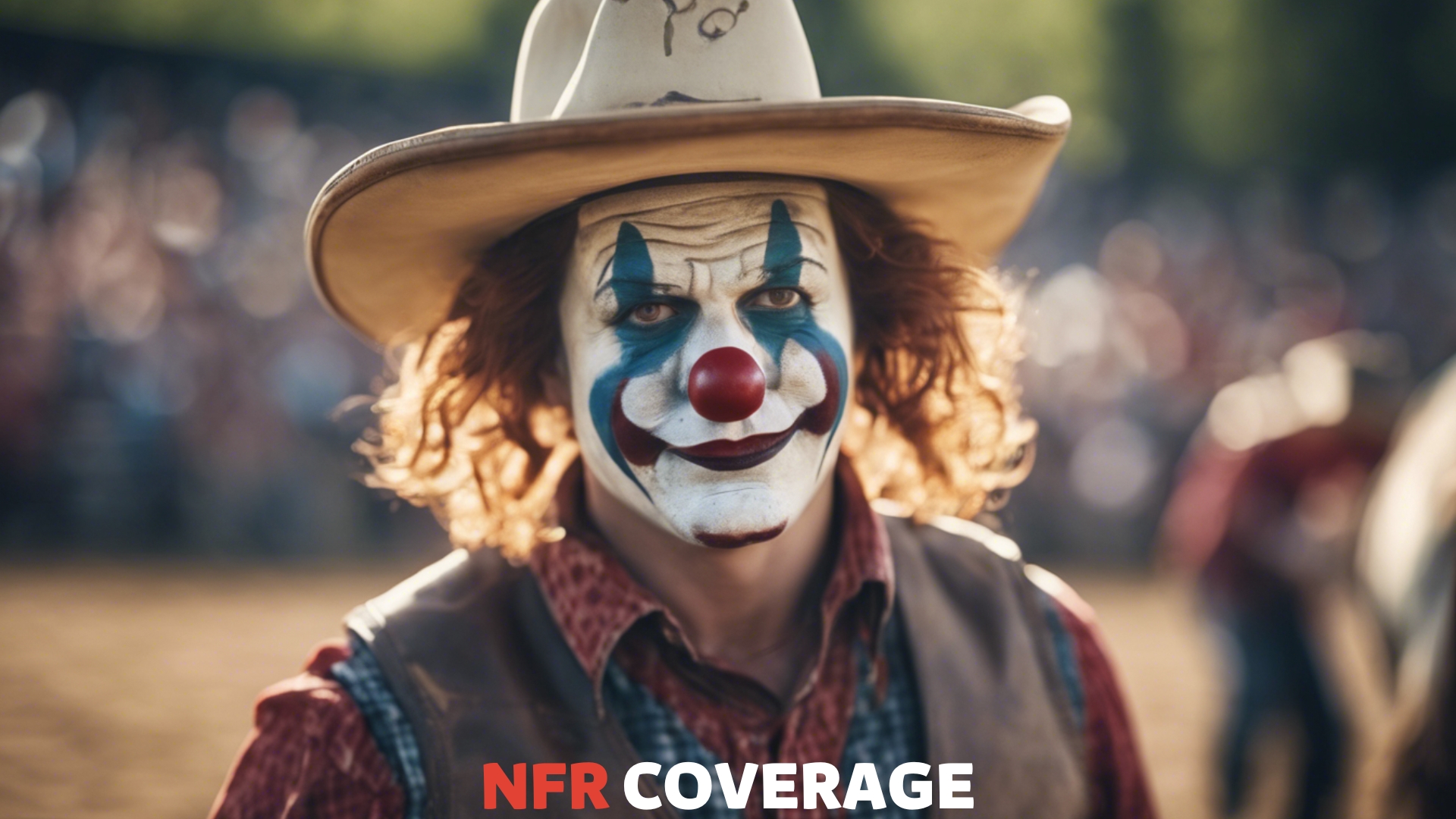A rodeo is an event featuring competitive livestock riding and roping, while a stampede is a large-scale public celebration that often includes a rodeo as part of its festivities. Stampede typically incorporates additional events like concerts, fairs, and parades.
Embarking on an adventure of Western culture often leads to the thrill of a rodeo or the excitement of a stampede. Rodeos present an opportunity to witness the skillful display of cowboys and cowgirls as they participate in challenging events like bull riding, barrel racing, and steer wrestling.
These competitions are steeped in ranching traditions and test the participants’ prowess against powerful animals. On the other hand, stampedes offer a broader spectacle, with the rodeo being just one element of a larger celebration.
They immerse visitors in a cultural fiesta that connects community heritage with entertainment, showcasing a blend of past and present through various activities that cater to a wide audience.
Whether it’s the competitive tension of a rodeo or the festive atmosphere of a stampede, both serve as cornerstones of cultural expression in regions where they are celebrated.
Roots of Rodeo and Stampede
The ‘Roots of Rodeo and Stampede’ trace back to the adventurous spirit of early Western life. Bold cowboys and cowgirls would compete to prove their skills. Villages would gather to cheer, fostering community and celebration. Let’s take a closer look at where it all began.
The Birth of Rodeo
Rodeos sprang from ranch work. Cowboys would test their skills against one another. They wanted to see who was the best. This friendly rivalry started in the 19th century. Soon, it became a public spectacle.
- Prescott, Arizona, held the first rodeo in 1888.
- Skills like riding bucking broncos and roping cattle became events.
- Towns turned rodeos into annual celebrations.
Origin of Stampede Events
The word ‘stampede’ comes from the Spanish ‘estampida’, meaning a rush or a flight. Stampede events grew out of these gatherings.
- They started as larger festivals that included rodeo competitions.
- Calgary Stampede, for example, started in 1912 and is now known worldwide.
- Stampedes often feature parades, music, and cultural exhibits.
These events stay true to their Western heritage while evolving into modern-day entertainment. Both rodeos and stampedes bring crowds year after year. They continue to celebrate the skills and bravery of cowboys and cowgirls.
Cultural Significance
The rich tapestry of American and Canadian culture is intricately woven with events like rodeos and stampedes. These spectacles are not just entertainment.
They embody the heritage and celebration of a history tied to the land and the people who work it. While they share common ground, each holds distinct cultural importance.
Rodeo as Heritage
At the heart of the rodeo, history rides in every event. Rodeos stem from the daily tasks of ranch hands, transformed into competitive sport.
This tradition celebrates cowboy skills in horseback riding, roping, and cattle handling. Consider it a living museum showcasing the ways of the Old West.
- Cowboy Ethics: Rodeos pass down stories and values central to rural life.
- Community Strength: Rodeos forge bonds as towns gather to honor their roots.
- Preservation: They keep Western traditions alive for new generations.
Stampede as Celebration
Conversely, stampedes are grand festivals. With a stampede, there’s a jubilant confluence of rodeo sports, concerts, and fairs. They are exuberant expressions of both rural and urban life melding together, often commemorating historical events or community triumphs.
- Festival Atmosphere: It blends live music, art, and local cuisine.
- Economic Boost: Stampedes invite tourism, benefiting local businesses.
- Social Hub: They unite a diverse range of people in celebration.
Event Elements and Structure
Rodeo and stampede events stir excitement with their unique blend of culture and competition. Both spectacles showcase skills, bravery, and tradition. Yet, they’re distinctly different in their structure and attractions. Let’s explore these vibrant events.
Typical Rodeo Competitions
At the heart of any rodeo, competitors face various challenges that test their rodeo skills. From daring rides to precise roping, these are the key contests:
- Bull Riding: Cowboys attempt to stay mounted on a bucking bull.
- Barrel Racing: Cowgirls race horses around a cloverleaf pattern of barrels.
- Team Roping: Two riders coordinate to catch a steer with ropes.
- Saddle Bronc Riding: Participants ride a bucking horse, attempting to maintain form.
- Tie-down Roping: A calf is chased, lassoed, and tightly tied up quickly and accurately.
Main Attractions At a Stampede
A stampede goes beyond the rodeo ring with a festival-like atmosphere. The following attractions pull crowds from far and wide:
- Chuckwagon Races: Teams race wagons drawn by thoroughbred horses.
- Concerts: Big-name music artists perform live, thrilling fans.
- Exhibitions: Displays showcase agricultural skills and crafts.
- Carnival Rides: Thrilling fairground rides add fun for all ages.
- Food Vendors: A diverse range of dishes and treats satisfy hungry visitors.
Scale and Scope of Events
Understanding the difference between a rodeo and a stampede starts with their scale and scope. Rodeos can range from local community events to massive, nationally recognized competitions.
Stampedes, on the other hand, are grand festivals that draw crowds from across the globe. Let’s explore the size and breadth of these spectacles under the spotlight of their significance.
Local vs. National Rodeos
Local rodeos often serve as the heart of a community’s cultural fabric. Usually limited in duration and attendance, these events offer a more intimate experience.
- Community centric.
- Accessible to local talent.
- Traditional events and competitions.
In contrast, national rodeos stand as towering fixtures in the rodeo calendar. They feature:
- High-caliber competitors.
- Extensive media coverage.
- Sizable prizes and sponsorships.
The Grandeur of Stampede Festivals
Stampede festivals are a spectacle unlike any other. As a broader cultural celebration, they envelop.
- International audiences.
- Multiple entertainment acts.
- Diverse food and craft vendors.
Their scope reaches well beyond the confines of a traditional rodeo. They encompass:
| Feature | Stampede | Rodeo |
|---|---|---|
| Event Duration | Several days to weeks | 1-3 days |
| Activities Offered | Concerts, parades, and more | Limited to rodeo events |
| Guest Count | Thousands to millions | Hundreds to thousands |
Economic Impact and Tourism
The worlds of rodeo and stampede thunder with hooves and roar with crowds, yet they leave distinct hoofprints on the economy and tourism. These spectacles draw visitors from far and wide, injecting vitality into local economies and showcasing regional culture.
Rodeo as a Tourist Attraction
Rodeos serve as powerful magnets for tourists. They capture the essence of cowboy culture. This allure translates into significant tourism revenue for hosting cities. Visitors buy tickets and spend on hotels, food, and souvenirs. The following outlines the rodeo’s impact:
- Hotel Occupancy Rates Surge: Guests fill local accommodations.
- Dining and Entertainment: Increased customer flow boosts restaurants and entertainment venues.
- Shopping: Rodeo-themed merchandise sells, amplifying retail business.
- Cultural Exchange: Visitors immerse in local tradition, often returning or spreading the word, fueling future tourism.
Stampede’s Economic Contribution
The economic footprint of a stampede is colossal. It’s not just a show; it’s an economic engine. Stampedes host concerts, trade shows, and agricultural events. These draw global visitors and media, generating widespread impact. Here’s a snapshot of the contribution:
| Aspect | Impact |
|---|---|
| Local Employment | Temporary jobs lead to a stronger job market. |
| Infrastructure Boost | Improvements to facilities and transport networks. |
| International Reach | Global spotlight attracts future investments. |
| Charitable Giving | Proceeds support local communities and causes. |
In summary, rodeos and stampedes deliver a powerful jolt to local economies. They encourage spending across various sectors, from hospitality to retail, and even spark greater civic improvement and charitable efforts.
Animal Welfare and Ethics
Animal welfare and ethics are pivotal in the thrilling world of rodeos and stampedes. These events showcase the skills of cowboys and cowgirls in various contests.
However, the treatment and safety of the animals involved are of utmost concern to many. Let’s delve into the differences in how these events handle animal welfare.
Rodeo Animal Treatment
Rodeos are action-packed competitions that test animals’ and riders’ agility and skill. Strict regulations are in place to ensure the well-being of the animals.
Contestants and organizers must follow the Rodeo Livestock Welfare Code, which outlines animal care standards. These standards include adequate food, water, shelter, and veterinary care.
- Proper training for handlers is a must.
- Protective gear on animals minimizes injuries.
- Stress and overexertion are closely monitored.
Stampede Safety and Ethics
The stampede is a grand celebration of heritage and cowboy culture. Here, animal safety takes center stage. Each animal participant receives a fitness check before any event. Rules are in place to protect both animal and rider.
No tolerance for abuse ensures ethical treatment. Health regulations during a stampede demand:
| Aspect | Requirement |
| Space | Adequate room for movement |
| Rest | Sufficient rest between performances |
| Care | Immediate medical attention, if needed |
The use of humane equipment helps prevent injury. A team of veterinarians is always on-site. This ensures prompt response to health concerns, safeguarding the animals’ welfare.
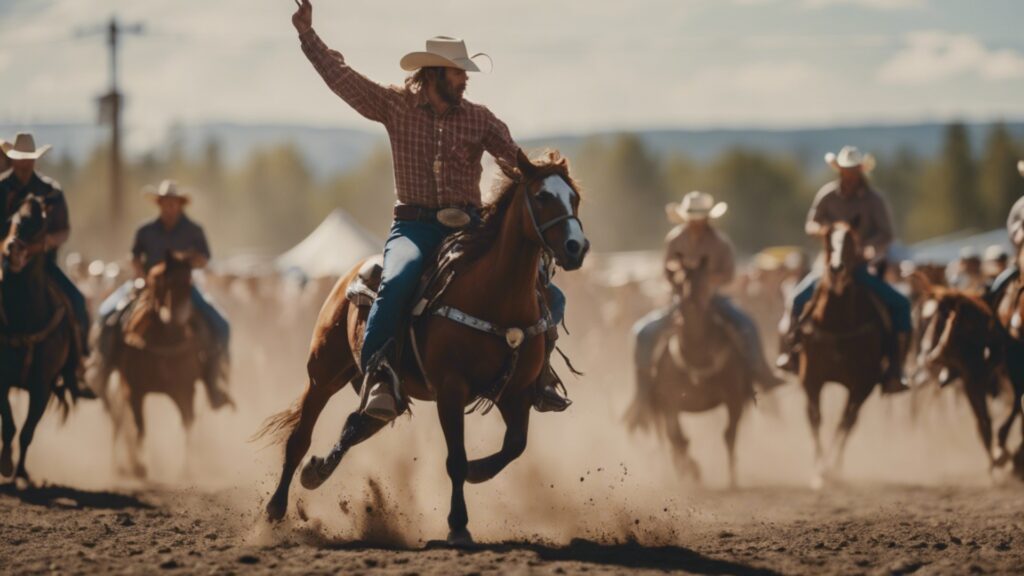
Frequently Asked Questions
What Defines a Rodeo Event?
A rodeo event is a competitive sport involving livestock handling skills such as riding broncos, roping cattle, and barrel racing.
How Does a Stampede Differ?
A stampede is a large-scale event featuring a parade, exhibits, and often a rodeo, but with a broader entertainment focus.
Are Rodeos Part of All Stampedes?
Not all stampedes include rodeos; some only feature festivals, concerts, and agricultural competitions.
What Events Are Unique to Stampedes?
Stampedes may uniquely offer large parades, music concerts, and extensive fairgrounds alongside rodeo activities.
Can Anyone Participate in Rodeos and Stampedes?
Rodeos often have professional and amateur categories, while stampedes are generally open for public attendance and participation in certain activities.
Conclusion
Wrapping up, the distinction between rodeo and stampede is clear-cut. Rodeos focus on individual skills, while stampedes offer grander festivities. Both showcase exceptional talent and celebrate Western heritage.
Choosing one depends on personal taste for spectacle or skill appreciation. Don’t miss experiencing these captivating cultural events firsthand!


